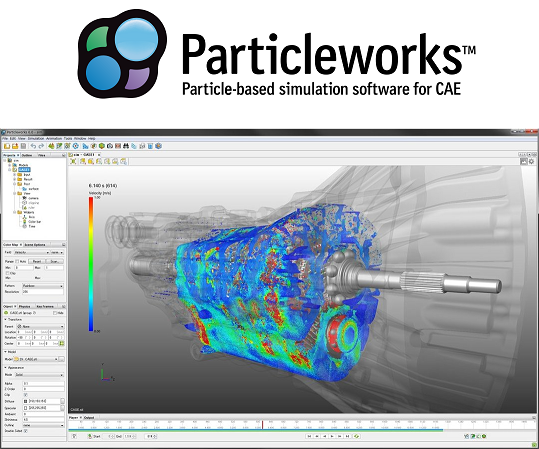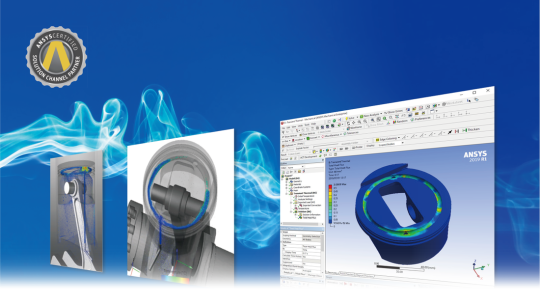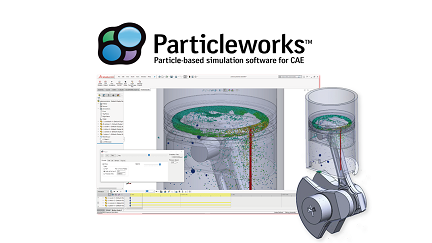Aya Tanaka,Technology & Engineering Center - SHISEIDO Co., Ltd.

Particleworks
EnginSoft are UK distributors for Particleworks, an advanced mesh-free CFD solution for complex
and resource demanding designs.
Software Solutions:
EnginSoft are UK distributors for Prometech Software Inc. products; Particleworks, Particleworks for ANSYS and Particleworks for Solidworks. Why would you not want to eliminate time consuming mesh generation for your CFD software, using a method that is proven to provide significant time and cost savings? EnginSoft’s consultants are keen to help you achieve your design intent! Contact us and tell us about your design or manufacturing issues. After understanding your needs, we will provide the fluid flow behaviour solution that best addresses your requirements. Discover the solutions we offer and advance your product development process to the next level.

About EnginSoft
EnginSoft are engineering consultants with more than 30 years of experience as CAE consultants addressing customer challenges throughout the design & development process.
Products We Offer
Particleworks
Particleworks is an advanced CFD Software solution, based on the Moving Particle Simulation (MPS) method proven to provide significant time and cost savings by eliminating the time consuming mesh generation that is required for traditional CFD software.
Particleworks for ANSYS
The Particleworks for ANSYS direct integration is now available to improve the interaction between ANSYS products and Particleworks, allowing users to gain product design insights faster than ever before.
Particleworks for Solidworks
The Particleworks for Solidworks add-in is a lite version of Particleworks allowing you to easily run simulations within the 3D CAD environment. Fully embedded into the Solidworks GUI, users can still benefit from the mesh-free CFD particle method for free surface flow simulations with large deformations.
Contact
The Venture Centre
Sir William Lyons Rd
Coventry
CV4 7EZ
+44 (0)2476 997160
uk@enginsoft.com





